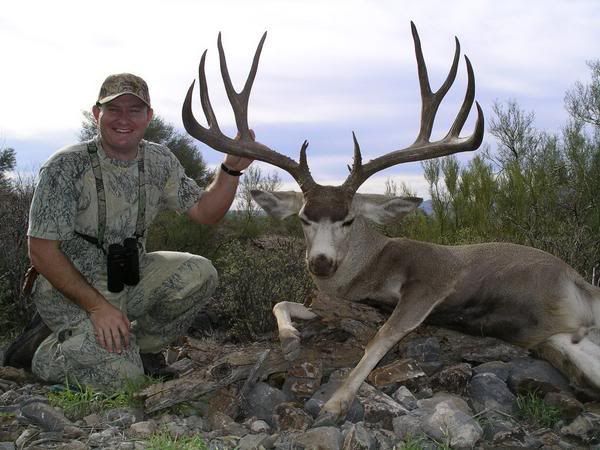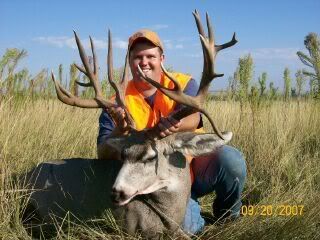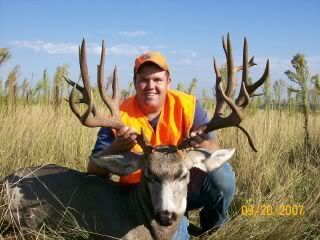
NATIONAL RIFLE ASSOCIATION OF AMERICA
INCORPORATED 1871
11250 Waples Mill Road – Fairfax, VA 22030
Is Focus of New Website
The number of licensed hunters has dropped steadily, from 14.1 million in 1996 to 12.5 million today. Gleeful anti-hunters claim that hunting is dying, and no longer of interest to Americans.
But it isn’t lack of interest in hunting that’s causing the decline.
It’s overly complex, nit-picking regulations that turn inadvertent mistakes into criminal offenses. It’s too much difficulty in finding a place to hunt, or even to sight-in your rifle. It’s overzealous law enforcement. It’s archaic minimum-age hurdles that must be cleared before youngsters can hunt. And it’s radical anti-hunting groups–and their sympathetic media–that succeed in closing down hunting seasons, even when they are overwhelmingly justified by the science of wildlife management.
“There are more threats to hunting than many of us seem to realize,” said NRA Executive Director of General Operations Kayne Robinson, who spearheaded the development of the site. “And many of those threats are caused by government action, abuse, or inaction. Government red tape and bureaucratic hostility have reached a point where people are actually being driven out of hunting. A hunting license is not probable cause to believe its owner is a crook to be searched and interrogated.
“NRA strongly supports game laws based on sound wildlife management, and we vehemently oppose laws that only serve the convenience of the bureaucracy,” Robinson continued. “The hunters rights’ abuses NRA addresses are not to shield the guilty but to protect the innocent from being treated like the guilty.
“With all these factors combining to make it harder for an average citizen to hunt, we saw a need to keep people informed through a Website devoted to hunters’ rights issues.”
If you have not clicked on www.nrahuntersrights.org yet, here’s a small sampling of some of the story topics already posted, or in development.
In Alaska, guide Jim Hamilton and his brown bear hunters were startled when a low-flying plane circled their camp more than a dozen times. The plane carried a local TV news crew, whose members camped about 50 yards from the hunters. The crew crowded the hunters all the next day until a kill was made, and at one point a cameraman allegedly got in front of a rifle on one stalk. A few days later, the station aired a story questioning whether a perfectly legal hunt was fair chase and ethical. According to Hamilton, the pilot and TV crew ” ruined the hunting experiences of at least six resident and nonresident hunters and endangered their safety as well.”
In Oregon, hunters are complaining that an increased cougar population–brought about by a ban on using hounds for cougar hunting–is leading to substantially increased predation on deer and elk. The ban was strongly advocated by anti-hunting groups–and now deer and elk hunters are paying the price in decreased opportunities.
In Arizona, half–yes, half–the population of desert bighorn sheep on Kofa National Wildlife Refuge have died because of drought. The U.S. Fish and Wildlife Service planned to install water-for-wildlife devices to save the remaining sheep — but radical environmental groups sued to block them! NRA and other groups stepped in, helping to allow the water projects to go forward while the suit is in progress.
In New Jersey, despite clear scientific justification for a black bear season, anti-hunting zealots managed to block it. The antis went a step farther when they tried to pass legislation that would remove hunters and fishermen from the State Fish and Game Council, and allow political appointees–meaning anti-hunters–to replace them. New Jersey sportsmen roared their opposition at rallies, in the press, and at the polls. Major sponsors of the bill were voted out, but the legislation they introduced remains pending.
In Missouri, turkey hunters are now required to affix a yellow “Be Safe” sticker to the receiver of their guns so that it will be in the line of sight when shooting. Besides being useless, or at the very least unproved as a means of preventing accidents, the sticker regulation is an insult to anyone who has taken hunter education. Should a hunter be subject to a fine if the sticker gets brushed off in the woods or simply forgets to put it on?
BLM lands are used by millions of responsible hunters and recreational shooters. Yet in Colorado, there are plans underway to close the entire, 164,000-acre Canyons of the Ancients National Monument to recreational shooting. Also in Colorado, BLM plans restrictions to travel routes on lands it administers within the San Luis Valley. Proposals would limit the retrieval of game off designated routes except to a perpendicular distance of 300 feet from the edge of a route.
Nationwide, many areas require shotguns-only for deer hunting, based on the perception that shotgun slugs won’t travel as far as centerfire rifle bullets. But these decisions should be based on science, not perception. And studies show the ballistics of modern slugs are rivaling, and in specific circumstances even surpassing, those of rifle bullets.
And while hunters’ rights issues make up the heart of the site, there are 13 sections in all, and various ways for readers to provide comment. “Hunting Headlines” includes stories about new opportunities hunters need to be aware of, such as various states’ efforts to increase public hunting lands and introduce new seasons. Two of the most popular columns are the monthly “Gift Giveaway” and the “Trophy Gallery,” in which readers can share their best hunting photos. Also stay up to date on new products by checking into “Hunting Gear You Need,” or click on “Range News” to see if there’s a new place near you where you can sight-in before the season or just practice your marksmanship. “Dubious Regulations” is your chance to tell us about nonsensical laws, and “Eye on the Antis” keeps you aware of how groups like PETA and the Humane Society of the United States are trying to abolish hunting.
Perhaps most of all, the site is the primary source of information on what NRA is doing to protect your hunting rights. Through the combination of our political strength, our hunter recruitment programs and even our grant funding, there is simply no one group doing more for hunters than NRA. Hence the name, www.nrahuntersrights.org.










